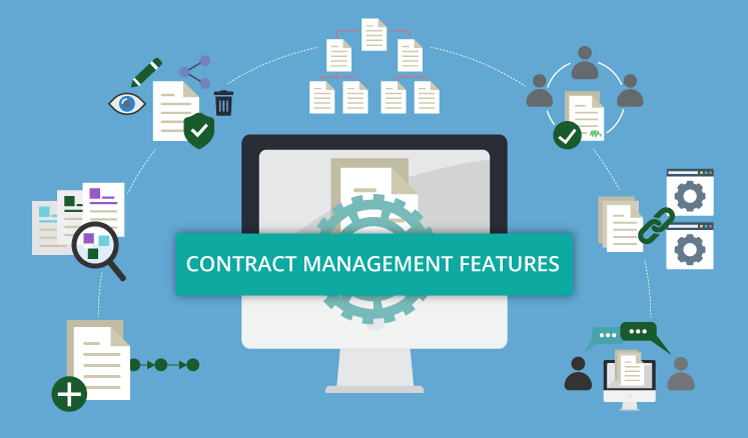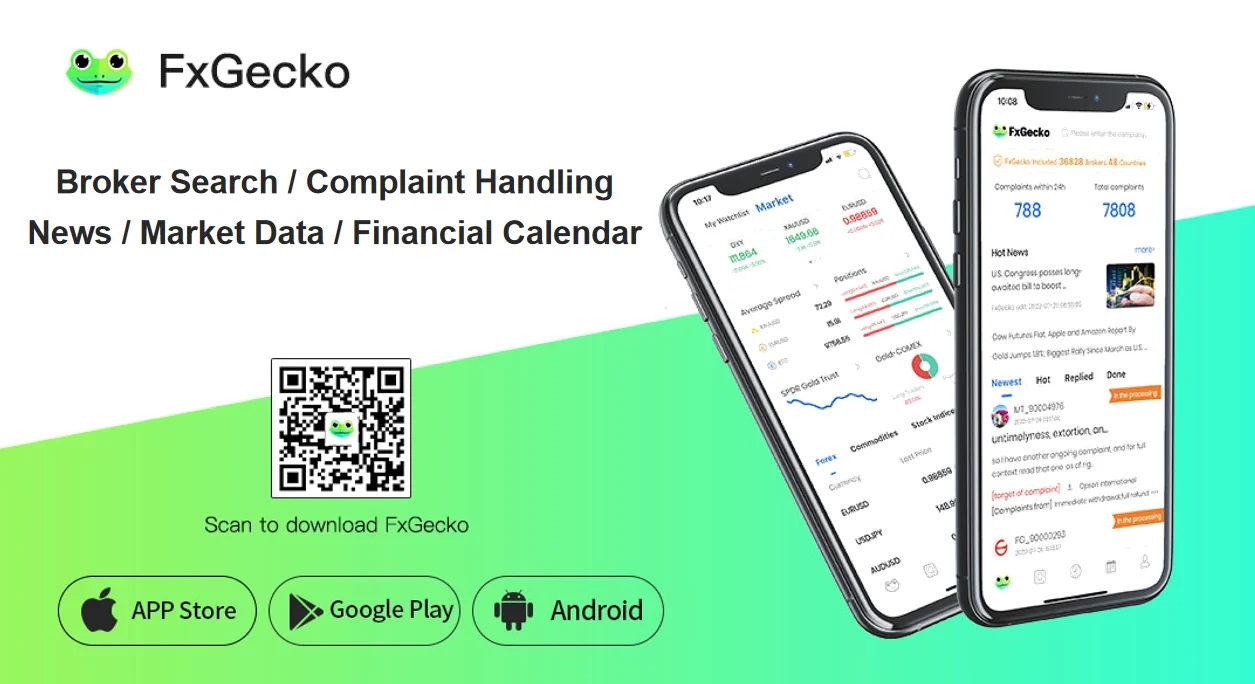Are you looking to build a thriving workplace culture and strengthen the relationships between your employees? An employee engagement survey is a great starting point! Gathering the correct data can be instrumental in creating an engaged workforce, helping retain top talent, increasing productivity, and driving better outcomes for your organization. In this blog post, we’ll walk you through precisely what steps to take when creating an effective employee engagement survey, as well as how to get started on collecting feedback from your team. We’ll also provide some tips on analyzing results so you can use them immediately to build better relationships at work. Read on to see why an employee engagement survey is worth it!
The importance of employee engagement surveys and their benefits:
Employee engagement surveys provide an insightful snapshot into the attitudes and feelings of employees at a given time. Being aware of these sentiments allows businesses to recognize employee strengths better, identify areas for improvement, and collectively ensure they offer the best possible work environment. An employee engagement survey can also proactively develop successful strategies to promote well-being, build a culture of higher morale, and foster collaboration within teams. With their vital importance in mind, it is essential to plan correctly when creating an employee engagement survey and conducting the survey itself.
How to analyze results and take action on findings:
After TINYpulse Admin has sent out their Employee Engagement Survey, they will need to analyze the resulting data. TINYpulse Admins can quickly identify employee sentiment and engagement in the organization by looking at the responses. Through TINYpulse tools such as Trending Tiles and Tiles Reports, TINYpulse Admins can understand team-by-team insight and track themes within employee feedback over time. After this data analysis, TINYpulse Admins are ready to take action on the findings by creating a List of Prioritized Actions or developing an Internal Communications Strategy to ensure employees know how their feedback was acted upon. To get started with TINYpulse is your go-to for creating an Employee Engagement Survey!
The purpose of your survey and the tasks to accomplish:
In order to create an effective employee engagement survey, it is essential to start by defining the purpose of your survey and the overarching tasks you need to accomplish. Multiple objectives can be targeted with an engagement survey, such as determining team performance, assessing individual satisfaction levels, seeking feedback on policies and procedures, or measuring job satisfaction. Gathering this data provides employers with detailed information to help them make decisions and changes to enhance the overall employee experience. Additionally, debriefing the survey results and addressing feedback received is a positive way for organizations to communicate openly with their staff about expectations, goals, and areas for improvement. When creating a survey, these steps will ensure higher quality answers from employees and a more thorough assessment of your organization’s engagement and culture.
The steps to create an effective employee engagement survey:
Creating an effective employee engagement survey doesn’t have to be a daunting task. First, decide how you want to collect survey responses: you can use a paper form, an online tool, or an employee survey platform. Once you’ve decided on a collection method, create the survey questions and ensure they’re relevant and targeted toward your desired outcome. After that, determine who in your organization will review the results and consider distributing a survey incentive to improve response rates. Before finally sharing the survey with employees, it’s a good idea to have someone else review it for clarity and accuracy. With these steps in mind, you can create an impactful engagement survey tailored to your organization’s unique needs.
How to distribute surveys and collect responses:
Distributing surveys and collecting responses is essential to creating an employee engagement survey. The best way to do so is via online mediums like email or a web-based survey tool. It is crucial to inform employees about the purpose and utilization of the survey before its distribution since this can affect their participation level. Once distributed, response rates should be tracked and encouraged with timely reminder emails if necessary. Responses should be collected securely and kept anonymous to ensure people are comfortable and safe sharing their feedback. Once all the data has been collected, the next step is to analyze the findings and implement any immediate or long-term modifications required for your organization based on the survey outcomes.
The key takeaways:
Learning how to create an effective employee engagement survey doesn’t have to be a daunting task. Measuring employee satisfaction can give you valuable insights that help improve the work environment and effectively address issues. When building your survey, it’s essential to consider personalizing questions and keep responses anonymous so employees feel more comfortable providing honest feedback without fear of consequences. Additionally, try to keep the survey short. It should take no longer than 15 minutes, or employees may become frustrated midway through completion. Following these tips will ensure you get the most out of your employee engagement survey and make sure you are making informed decisions on how best to reach optimum business performance.
An employee engagement survey is a valuable tool for gauging the sentiment of your staff and uncovering hidden sources of dissatisfaction addressed quickly. Understanding what your employees are happy with and what could use improvement will help you continually foster a positive and productive workplace environment. By following our guide, you’ll be well-equipped to create highly effective engagement surveys that give you meaningful feedback from your staff. Use this feedback to create targeted strategies and develop policies to motivate and engage your employees more successfully. Most importantly, don’t forget to thank them for participating in the survey; it doesn’t have to be anything major – even a simple “thank you” goes a long way! With these steps in mind, any organization can take advantage of employee engagement surveys with minimal effort but guaranteed great results.







Add Comment